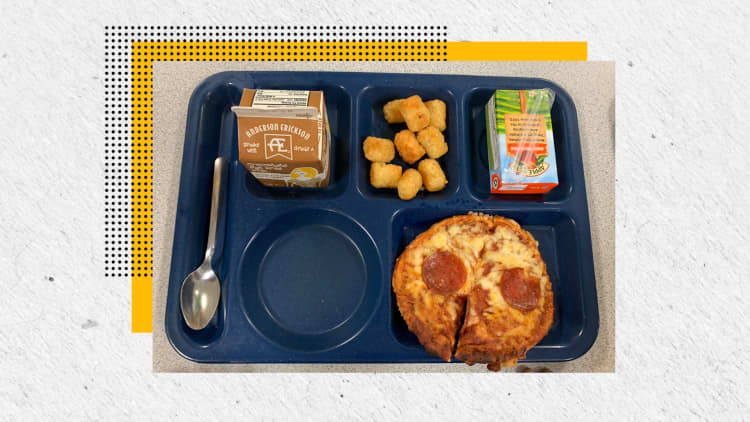Lettuce growers say they knew immediately that November's E. coli outbreak linked to romaine lettuce likely originated on California farms, but U.S. health officials issued a blanket warning that no romaine was safe to consume. That warning halted sales of all romaine, prompting the industry to implement temporary labeling requirements that some farmers hope will be permanent.
Through a voluntary market withdrawal, health officials ensured a "clean break" to "purge the market of potentially contaminated" lettuce, according to a Food and Drug Administration press release.
Farmers said this warning differs from previous produce advisories, which they felt have not been as broad. FDA spokesman Peter Cassell said every situation is different, and that the breadth of a warning can vary by commodity, its shelf life and more.
In an E. coli outbreak linked to romaine in March 2018, health officials limited the advisory to plants grown in Yuma, Arizona. That outbreak hit 36 states and resulted in five deaths. Officials could narrow the source to one region thanks to seasonal growing patterns.
When temperatures dip in Northern California in November, lettuce growers move production south to warmer desert regions. Around April, production shifts back to central California. The March outbreak occurred during the transition from Arizona to California, so health officials knew the contaminated plants came from Arizona. An environmental assessment later confirmed the source.
Due to the timing of the November outbreak, produce growers and industry experts knew it most likely started in California. But after the March outbreak, health officials weren't going to take any chances, said Trevor Suslow, the vice president of food safety for the Produce Marketing Association.
Arizona farmers were "sweating bullets" awaiting the end of the advisory, Suslow said. Growers were concerned they would have to leave fields to rot if the advisory continued. Suslow said due to the timing of the outbreak, health officials acted quickly, with a broad warning, to stop romaine sales completely.
The FDA "learned a lot of lessons from the Yuma outbreak," Cassell said.
During the March outbreak attributed to farms in Yuma, officials realized consumers couldn't tell where the romaine in their grocery stores and restaurants salads was grown. Under law, some produce including packaged romaine lettuce must be labeled with the name of the producer or distributor, but that may not be the same region it was grown in.
"We learned from the Yuma outbreak that the advice we gave out to avoid romaine lettuce from Yuma was not easy to follow for consumers," Cassell said. "The most protective thing was to tell people not to eat romaine lettuce, especially around Thanksgiving."
Matt McGuire, the general manager for JV Farms, said the March outbreak rocked consumer confidence, which hit the romaine market. He fears the November outbreak will shake consumers again, especially because it was so wide reaching.
"We were just getting consumer confidence back from our own outbreak the previous spring and this wasn't something the industry needed," McGuire said. "The industry was already hurt pretty bad in the spring. We had just gotten the romaine market back up to about break even just toward the end of October."
But the advisory's impact could have been worse. To take advantage of the strong romaine market and meet holiday demand, growers were harvesting ahead of schedule, a few days before the lettuce was ready to be harvested, McGuire said. That meant few crops went to rot, but if the advisory had lasted a few days longer some romaine might have been too old to harvest.
"People were very nervous when it first hit, and nobody knew how long we were going to be out," McGuire said. "It's not as bad as it could have been."
Health officials narrowed the warning to avoid romaine lettuce grown in six Northern California counties on Nov. 26. Over 64 percent of the 2.15 billion pounds of romaine grown in the U.S. during the 2017 season came from California, according to USDA data.
Just days after the initial warning, officials and industry representatives reached a voluntary agreement to label where the romaine was grown. After the March outbreak, the FDA determined labeling would help consumers better follow its advice, Cassell said.
"Going forward, we've established a task force that will look for longer-term solutions for some of these things," Cassell said.
McGuire estimates the labeling costs between 50 and 60 cents per box of romaine for stickers and labor to apply them. He said the cost is well worth it if it prevents people from getting sick and thinks the industry should have started labeling after the March outbreak.
"In hindsight, some of the stuff that they're requiring right now maybe should have been done back then," McGuire said. "Then this recall would have been a lot easier."
The labeling requirements are a temporary agreement, but McGuire predicts it will become permanent and expand to other produce. He thinks labeling will help consumers trust that their romaine is safe. Time will tell.


